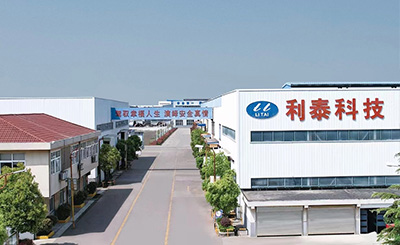PTFE lined pipelines have high chemical stability and resistance to chemical corrosion, such as resistance to strong acids, strong alkalis, strong oxidants, etc. Some are heat-resistant, cold resistant, and wear-resistant. However, no matter how good the steel lined PTFE pipeline is, some faults often occur during installation. So, what are the common problems with installing steel lined PTFE pipes?
1. Connection method of PTFE lined pipeline
Firstly, its connection method is all flange connection, and some operations such as threading cannot be carried out after the pipeline lining to ensure the sealing performance of the pipeline, flange connection is used. Proper use of some looping flanges can avoid many installation errors.
2. The length issue of PTFE lined pipelines
Its length is limited compared to the standard length of a single PTFE pipe for fluoroplastic process products, which is 4.2 meters. This means that when designing pipes, the length of the pipe cannot exceed 4 meters. For example, when designing a 100 meter straight pipe, it can be divided into 25 pipes with a length of 4 meters.
3. Tolerance of PTFE lined pipelines
As we mentioned earlier, the length of the lining is 4 meters. When the length of the pipeline is very long, there will be more connections, and each connection will have a PTFE sealing surface. For example, if a 100 meter pipeline is designed to be connected with a 100 meter steel pipe, it will result in a length greater than 100 meters. Therefore, we need to consider a connection size of 6 millimeters at the connection between the straight pipe and the straight pipe, The connection between straight pipes and elbows or tees needs to consider a connection size of 15mm, and the connection between elbows or elbows and tees needs to consider a connection size of 20mm. This way, the pipeline we have designed will not produce significant errors during on-site installation in the later stage.
4. The diameter of PTFE lined pipes
Its diameter problem usually occurs in small diameter (less than DN32) straight pipes and (less than DN65) three-way elbows; For example, if we require a diameter of DN25, we cannot use DN25 steel pipes when selecting them. We need to use DN32 steel pipes and DN25 flanges for welding to ensure the diameter. The same principle applies to DN25 elbows or tees, which require the selection of a grade of pipeline with a diameter of DN32 and a flange of DN25 for welding. Using a larger size of steel pipe is to ensure that the original flange of the diameter is connected.

















